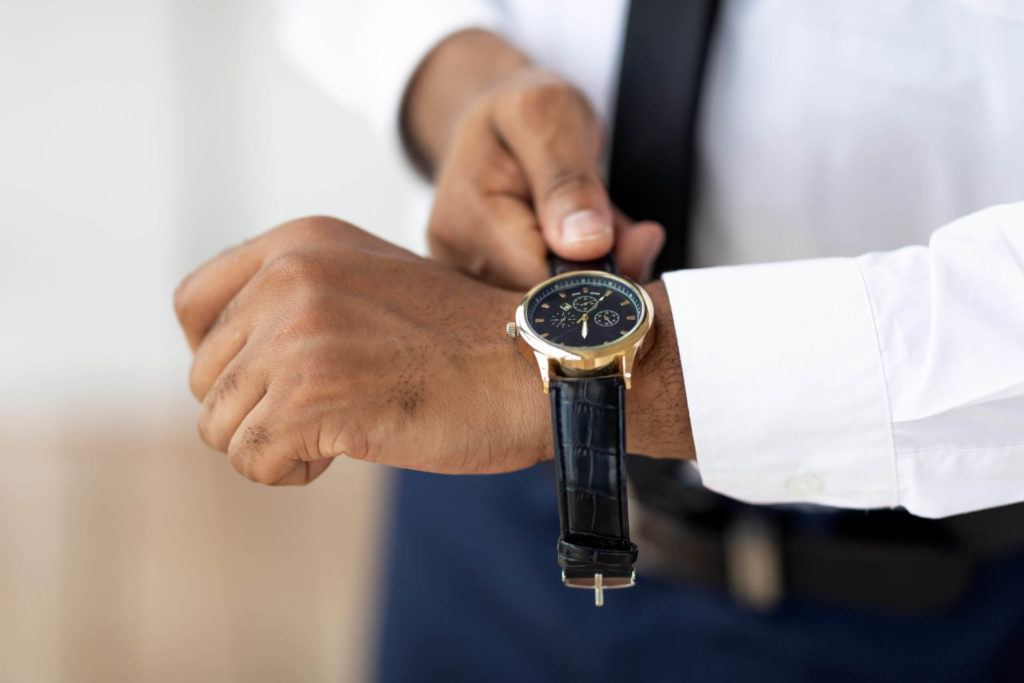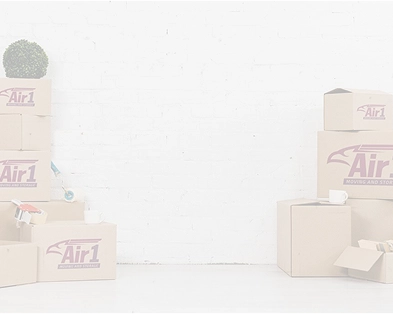Pack Musical Instruments For A Move Like The Pros

When you pack musical instruments there are several factors to consider such as padding, climate control, insurance, and customs requirements if you're shipping musical instruments internationally. We'll look at packing all types of musical instruments in this post.
How Do You Pack An Instrument? These Are The Ground Rules
Before you pack musical instruments, clean them and let them dry completely. Then make sure they're dry inside and out. A gentle fan can speed this process up if we're talking woodwind instruments. In all cases, avoid using newspaper instead of professional packing paper. Why? The print can rub off and damage the finish of your instrument. Also, make sure all the packing is firm so there is no room for movement inside the box. At the end, you must also mark the outside of the box "fragile" so that the movers know to take extra care with it. When you pack musical instruments, the exact process depends on what type of musical instrument you're moving. Below we've broken them down into categories.
Bowed String Instruments
This type of instrument includes violins, cellos and double basses. First off, how do you pack a violin for moving? It's quite a job.
#1. You should loosen the strings on the bow so that they can withstand any unexpected temperature changes.
#2. Add packing paper all around the violin so that it's completely supported inside its case. While you're doing this, don't forget to gently place some paper underneath the strings.
#3. After the case is snug with packing materials you need to wrap the whole case in bubble wrap and tape it to secure.
#4. Finally you should put that in another protective box and seal it with tape.
We're not kidding! This is the only way to ensure you will unwrap your violin in the same condition you left it. As you can imagine, it's the same process for the violin's larger cousins the cello or double bass. Just harder because they're bigger. Does the idea of doing all this plus packing the rest of your possessions give you a headache? Then simply get the Air1 Moving & Storage team to pack for you.
Brass
#1. Take the mouthpiece off, pad it with bubble wrap and tape it closed.
#2. Follow the steps for bowed stringed instruments above.
Guitars
#1. Remove any parts that you can detach like the strap. Wrap these separately to the main body of the guitar. Then store them with the guitar picks in a clearly marked box.
#2. Follow the steps for bowed stringed instruments.
Keyboards And Pianos
KEYBOARDS
#1. Have a large box cut to the size of your keyboard.
#2. Wrap the main body of the keyboard in bubble wrap, and wrap the cords separately.
#3. Add extra bubble wrap to the ends and corners of your keyboard.
#4. Put the whole thing into a padded box and tape to secure it.
PIANOS
This is one you really can't do yourself. It's difficult, especially knowing how to move a heavy piano. First, pianos need to be secured and carefully wrapped. Then we use weight-bearing equipment with padded straps to transport pianos so that they don't tilt. Can a regular mover move a piano? No. Not if you want to breathe easy. It takes years of experience to do it right. Moving pianos is a real art. If you really love your piano you'll trust it to specialist piano movers. Air1 Moving & Storage has moved with pianos a million times and we know how to do it right.
Percussion
#1. Take everything apart that you can and collapse the stands.
#2. If you can remove the heads of your drums, do so and stack the smaller ones inside.
#3. Wrap everything separately in bubble wrap, place in padded boxes and seal with tape.
Woodwind
The most obvious woodwind instrument is probably the clarinet. But did you know that saxophones and flutes are also woodwind, despite being made mostly of metal? They're all classified as woodwind instruments because of the reed. So how do you transport a saxophone, or other woodwind instrument?
#1. Cork the keys for storage. This means they stay put during their journey. You can leave this part to the professionals if you haven't done this before.
#2. If you have one, insert the end plug for additional support. If not, consider plugging the end with something firm.
#3. Wrap each part separately in bubble wrap.
#4. Close the case, tape it up and put it in another padded box.
Moving And Storage For Musical Instruments
When most people think about how to pack musical instruments they focus on the padding. However, you also have to consider the temperature and humidity of the area they will be stored in.
TEMPERATURE
Extreme temperature changes can cause permanent damage to your musical instrument. So if you can keep your instrument between 60-70 degrees that's ideal. What happens if you leave your instrument in extreme heat or cold? You risk it expanding or contracting hugely and you won't be able to get it back to normal without re-tuning. Instruments can even crack in extreme temperatures.
HUMIDITY
Likewise, too much humidity can cause permanent damage to your musical instrument. If there's moisture where you can't see it, internal metal parts can also rust. For this reason it's vital to choose moving and storage which is climate controlled.
Shipping Musical Instruments Internationally
Make sure you check the customs requirements for the musical instrument you want to bring. This is because some countries restrict or prohibit the movement of ivory and certain types of wood.
Moving Insurance
Your musical instruments are important to you so make sure you get comprehensive moving insurance to cover any accidents. That way, you'll have peace of mind for your move.
Call Air1 Moving & Storage To Pack Musical Instruments, Store And Ship Them Seamlessly
You can rely on our experienced team to treat your belongings with the utmost care that they deserve. Whether you're moving locally, long distance or internationally, your musical instrument will be in the best hands. Give our knowledgeable team a call at (866) 750-3386, write to us through our contact form, or email us at info@air1moving.com.
CATEGORIES























